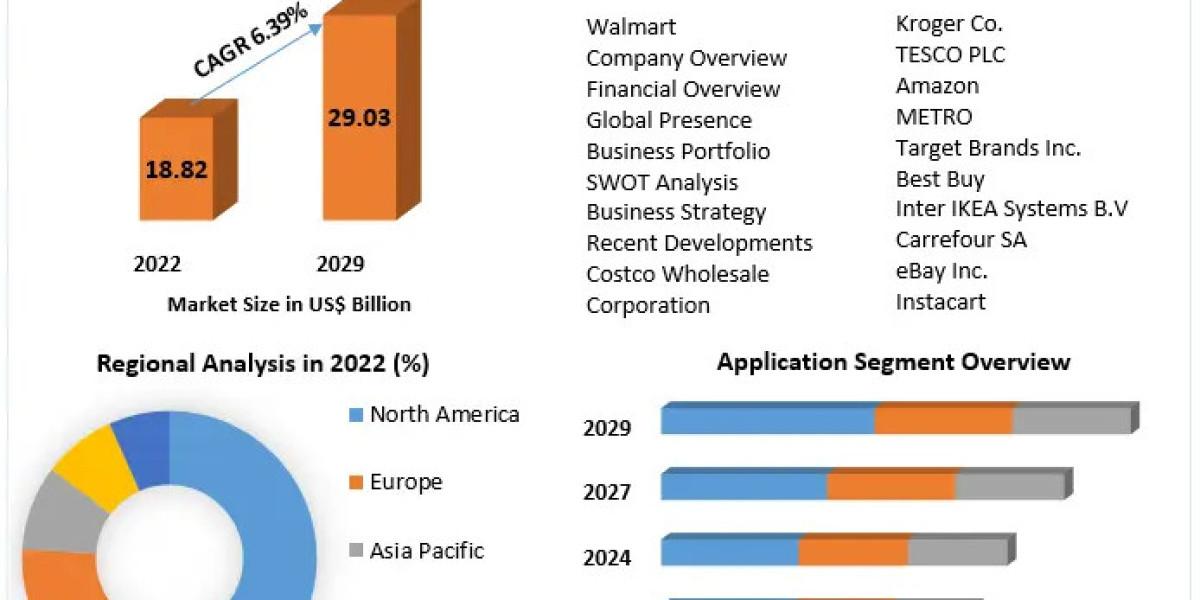In today’s digital era, cloud computing has become a cornerstone of innovation and efficiency, reshaping how businesses and individuals interact with technology. By offering scalable, on-demand access to computing resources over the internet, cloud computing has revolutionized various industries, enabling cost savings, increased flexibility, and improved collaboration. This article delves into the fundamentals of cloud computing, its benefits, types, and future potential.
What is Cloud Computing?
Cloud computing refers to the delivery of computing services—such as servers, storage, databases, networking, software, and analytics—over the internet. Instead of owning and maintaining physical data centers or servers, users can rent access to technology services from cloud providers. This model allows businesses to focus on growth and innovation without the burden of managing complex IT infrastructure.
Key Benefits of Cloud Computing
The widespread adoption of cloud computing stems from its numerous benefits:
- Cost Efficiency
Cloud computing eliminates the need for businesses to invest heavily in on-premises hardware and infrastructure. Users only pay for the resources they use, making it an economical choice for startups and established organizations alike. - Scalability and Flexibility
Cloud services are highly scalable, enabling businesses to adjust resources according to their needs. This flexibility is particularly beneficial for companies with fluctuating workloads or those entering new markets. - Enhanced Collaboration
With cloud-based tools, teams can collaborate in real time, regardless of their physical location. This capability is invaluable in today’s remote and hybrid work environments. - Disaster Recovery and Security
Cloud providers offer robust security measures and backup options, ensuring data protection and faster recovery in the event of cyberattacks or natural disasters.
Types of Cloud Computing
There are three primary types of cloud computing services, each catering to different business needs:
- Infrastructure as a Service (IaaS)
IaaS provides virtualized computing resources over the internet. Users can rent servers and storage without managing physical hardware. This model is ideal for organizations requiring scalable and customizable infrastructure.
- Platform as a Service (PaaS)
PaaS offers a platform for developers to build, test, and deploy applications. It provides tools, libraries, and frameworks, reducing the complexity of application development.
- Software as a Service (SaaS)
SaaS delivers software applications over the internet on a subscription basis. Popular examples include Google Workspace, Microsoft 365, and Salesforce.
Deployment Models of Cloud Computing
Cloud computing can be deployed in various ways, depending on organizational requirements:
- Public Cloud
Services are offered over the internet and shared among multiple users. Public clouds are cost-effective and ideal for small businesses. - Private Cloud
Exclusively used by a single organization, private clouds provide enhanced security and control, making them suitable for industries with stringent compliance requirements. - Hybrid Cloud
Combining public and private clouds, hybrid solutions allow organizations to benefit from the scalability of public clouds while maintaining critical operations in private environments.
Challenges of Cloud Computing
While cloud computing offers numerous advantages, it is not without challenges. Businesses may encounter issues such as:
- Data Privacy Concerns
Storing sensitive data on external servers can raise security and compliance challenges. Choosing a reputable cloud provider with robust encryption and compliance measures is crucial. - Downtime Risks
Cloud services depend on internet connectivity. Any disruption can impact accessibility and operations. - Vendor Lock-In
Transitioning between cloud providers can be complex due to varying architectures and service models.
The Future of Cloud Computing
The future of cloud computing is promising, with advancements in technology paving the way for even greater possibilities. Here are some trends shaping the industry:
- Edge Computing
This model processes data closer to its source, reducing latency and enhancing real-time analytics. It is expected to complement cloud computing in sectors like IoT and autonomous vehicles. - AI and Machine Learning Integration
Cloud platforms are increasingly incorporating artificial intelligence (AI) and machine learning capabilities, empowering businesses to derive deeper insights and automate complex processes. - Sustainability Initiatives
Cloud providers are investing in eco-friendly practices, such as using renewable energy and optimizing data center efficiency, aligning with global sustainability goals.
Conclusion
Cloud computing has become a vital component of modern technology, driving innovation and transforming industries worldwide. Its ability to offer scalable, cost-effective, and secure solutions makes it a go-to choice for businesses of all sizes. As technology continues to evolve, sonarqube generate report is poised to play an even more significant role in shaping the future. Whether you're a startup or a multinational corporation, leveraging the cloud can unlock unprecedented opportunities for growth and efficiency.















